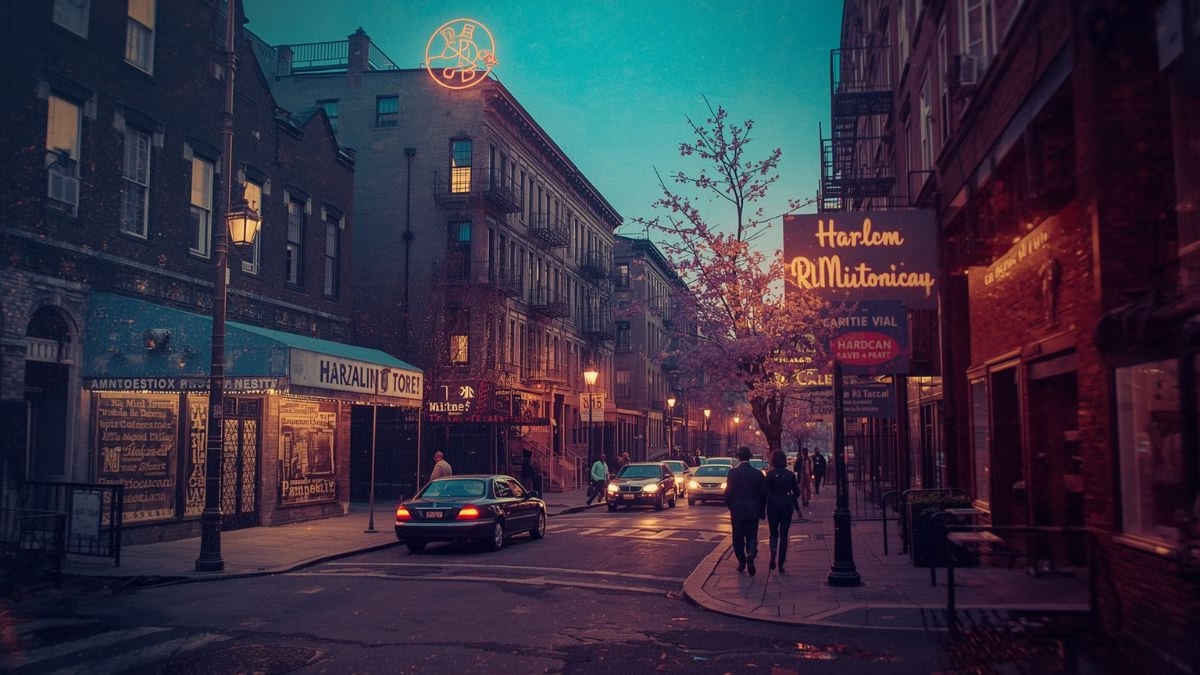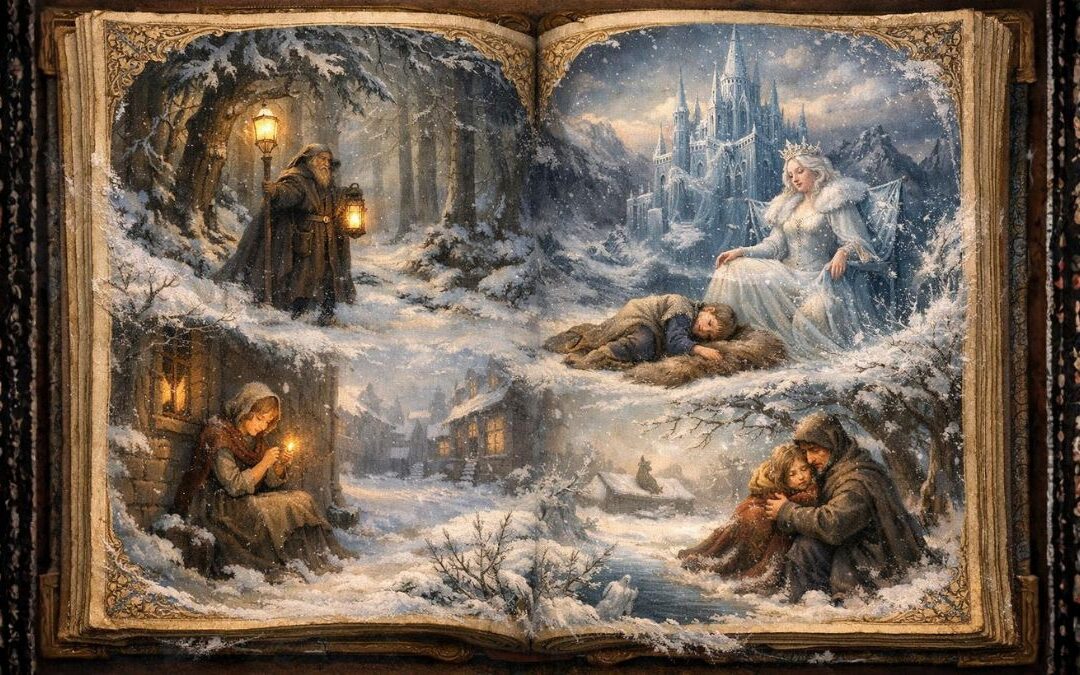Introduction
Welcome to your reading comprehension practice! This passage delves into the Harlem Renaissance, a pivotal movement in American cultural history. To tackle this effectively on an exam, you’ll need a solid strategy.
First, practice skimming: quickly read the first and last paragraphs, and the first sentence of each body paragraph. This gives you the main idea before you dive into the details. Next, as you read the questions, scan the text for keywords to locate the relevant information quickly. This passage discusses historical events, artistic movements, and societal impact, so pay close attention to cause-and-effect relationships.
For a true exam simulation, try to read the passage and answer all 10 questions in under 20 minutes. This will help you build the speed and accuracy you need. Let’s begin!
Reading Passage
The Harlem Renaissance was an intellectual and cultural efflorescence of African American music, dance, art, fashion, literature, theater, and politics centered in Harlem, Manhattan, New York City, spanning the 1920s and 1930s. At the time, it was known as the “New Negro Movement,” named after The New Negro, a 1925 anthology edited by Alain Lock1e. The movement emerged from the Great Migration, the relocation of millions of African Americans from the rural South to the urban North in search of economic opportunity and freedom from the pervasive racial oppression of the Jim Crow South. This mass migration created a new black urban culture, and Harlem became a major destination, its population booming with talent and ambition.
A crucial catalyst for the movement was the development of an African American middle class. This new class of educated and economically stable individuals provided the leadership and resources necessary to foster artistic creation. Furthermore, white patronage played a complex and sometimes controversial role. Wealthy white New Yorkers, intrigued by what they perceived as the “exotic” and “primitive” nature of black culture, provided funding for many artists and writers. While this support was instrumental in allowing many creative works to be produced, it also raised questions about authenticity and the extent to which artists might have been tailoring their work to meet the expectations of their benefactors.
At its core, the Harlem Renaissance was about defining and celebrating a new identity for African Americans. The concept of the “New Negro,” as articulated by Locke and others, was that of a person who was outspoken, self-assured, and proud of their African heritage. This was a radical departure from the stereotyped and subservient images that had long dominated American popular culture. Literary figures like Langston Hughes, Zora Neale Hurston, and Claude McKay used their work to explore the complexities of black life, often employing the vernacular and rhythms of everyday speech. Hughes, for example, infused his poetry with the sounds of jazz and blues, creating a uniquely African American literary voice.
The musical landscape was perhaps the most visibly transformed. Jazz, with its improvisational energy and syncopated rhythms, became the soundtrack of the era. Clubs like the Cotton Club and the Savoy Ballroom became legendary venues where musicians such as Duke Ellington and Louis Armstrong honed their craft and gained international acclaim. This musical explosion not only provided entertainment but also served as a powerful form of cultural expression and economic empowerment for many African Americans. The visual arts also flourished, with painters like Aaron Douglas and sculptors like Augusta Savage creating works that blended modernist techniques with African artistic traditions.
The Harlem Renaissance began to wane with the onset of the Great Depression in the 1930s, as economic hardship dried up funding and shifted national priorities. However, its legacy is immeasurable. The movement fundamentally changed how America, and the world, viewed African American culture. It established black artists and intellectuals as significant contributors to the broader American cultural tapestry and provided a foundation of black pride and consciousness that would directly fuel the Civil Rights Movement of the 1950s and 1960s. The Harlem Renaissance was more than just an artistic moment; it was a declaration of identity and a testament to the resilient spirit of a people determined to define themselves on their own terms.
Reading Quiz
Keywords & Phrases
- Efflorescence (noun): This is a beautiful word that means a “flowering” or a period of blossoming and high development. We used it to describe the Harlem Renaissance as a vibrant explosion of culture, like a garden suddenly coming into full bloom.
- Catalyst (noun): A catalyst is something that causes an event or change to happen. In the passage, the new black middle class was a catalyst because it helped kick-start the creative energy of the movement.
- Patronage (noun): This refers to the support, especially financial support, that a wealthy or influential person gives to an artist, writer, or musician. We talked about the complex role of white patronage in funding the arts during this era.
- Vernacular (noun): This word describes the language or dialect spoken by ordinary people in a particular country or region. We used it to explain how authors like Langston Hughes incorporated the vernacular of African American communities to make their literature authentic and powerful.
- Immeasurable (adjective): If something is immeasurable, it’s so large or great that it’s impossible to measure. We used it to stress that the impact and legacy of the Harlem Renaissance were incredibly vast and significant.
- Pervasive (adjective): This means something (especially something unwelcome) is present and spread throughout an area or group of people. The passage mentions the pervasive racial oppression in the Jim Crow South, which was a key reason for the Great Migration.
- Articulated (verb): In this context, to articulate an idea means to express it clearly and coherently. Alain Locke articulated the concept of the “New Negro,” giving a clear voice to the movement’s philosophy.
- Subservient (adjective): This describes someone who is prepared to obey others without question, often in a demeaning way. The “New Negro” identity was a direct challenge to the subservient stereotypes of African Americans.
- Syncopated (adjective): This is a musical term! Syncopation is a rhythm that emphasizes the weak or off-beats. We used it to describe the energetic and unique sound of jazz music (syncopated rhythms) that defined the era.
- Wane (verb): To wane means to decrease in strength or intensity, or to draw to a close. The passage explains that the movement began to wane (or fade) when the Great Depression hit.










0 Comments